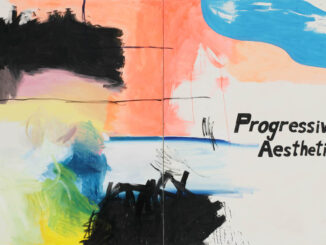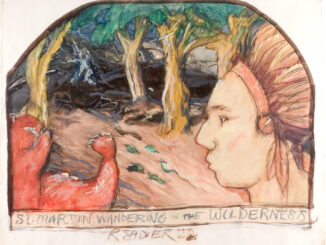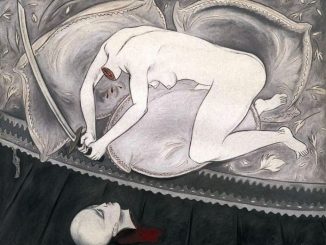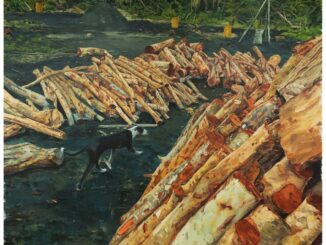A group exhibition curated by Francisco Arevalo Featuring Modern Masters such as Soto, Manzoni, Fontana, Cruz-Diez, Arman, Le Parc, Sobrino, Tomasello, Vardanega, Boto, Warhol, Hirst and Villamizar. Piero Manzoni, Artist’s Shit (“Merda d’artista”), 1961 The Multiple is a chronological survey of the origins of the multiple as a social tool for the mass use of art. Back in the late 1930’s, Marcel Duchamp created a series of ready-made objects originally or hand-signed by him, and multiplied them beyond the historical standards of artists’ editions. The idea of mass production of an object of artistic value at low prices bore the idea of introducing the art to the masses, making it affordable. By 1953, ballet dancer, philosopher and artist Daniel Spoerri further developed Duchamp’s idea, making it more formal and structured, and called upon a number of fellow artists to create an object that would be massively produced and bear the social intention of reaching low-income art lovers.
Jesus Soto and Ives Klein, among others, collaborated on this project. By 1959, Spoerri evolved the idea into an enterprise that he called MAT (Multiple Art Transformation), which in the 1960’s produced many of the editions of contemporary artists that were exhibited at the Denise Renee Gallery in Paris. The social intention of mass production for a broader placement of low-cost Art Works has always been prepared by the conspicuous consumption and marketing interferences of art collectors and galleries.
It is our intention to bring life to the much ignored historical importance of the evolution of the multiples from the humble and altruistic idea of Spoerri to the pure commercial one of the life of light of Damien Hirst.
Daniel Spoerri and the origins of the Multiplication d’Art Transformable. Upon arriving in Paris in 1959, Daniel Spoerri set up the first chapter of MAT (Multiplication d’Art Transformable). It consisted of an edition of 100 original multiples, all signed and individually priced. To sum up, some of the artists in this edition were: Jesus Soto and Vasarely among others….subsequently Arman, Le Parc and a group of avant gard Pop and Op tendencies artists joined the group.
The Idea of Spoerri was to re-affirm contemporary’s art social problem. For art to reach as many people in all of its form. To multiply, to diffuse its message, to be diverse, to make the creative urge be facilitated by mass communication was his original creed. Art speaking to as many people as possible.
As Pierre Restany concluded in the MAT manifesto of 1966: “an act of faith…a creed for artworks to be disseminated…a further step toward the de-commercialization of art…the logical corollary of art’s integration into society”
IN REFERENCE TO SOTO’S “LA HUELLA”
Jesus Soto was an active member of the avant garde to which Spoerri summed himself in the late 1950’s. The multiple “La Huella” was first edited under such principles, yet its manufacturing ended being divided by two editions, the first 30 works in wood and the remaining ones in serigraphed plexiglass, attesting to the advent of the incorporation of new technologies into the manufacturing of multiples, an idea foremost championed by Spoerri. “The existence of relationships in every lucid moment of our behavior…the laws of chance, becoming aware of realities we had not previously thought about.” – Jesus Soto, 1965 Signals News Bulletin
IN REFERENCE TO PIERO MANZONI “MERDA DE ARTISTA”
The edition consists of 90 tin cans, filled with feces, each 30 grams and measuring 4.8×6.5 cm, with a label in Italian, English, French, and German stating: Artist’s Shit. Contents 30 gm of shit freshly preserved, produced and tinned in may 1961.
At the time the piece was created, Manzoni was producing works that explored the relationship between art production and human production, Artist’s Breath (“Fiato d’artista”), a series of balloons filled with his own breath, being an example.
Manzoni’s father, who owned a cannery, is said to have once told his artist son, “Your work is shit.” In December 1961, Manzoni wrote in a letter to his friend Ben Vaultier: “I should like all artists to sell their fingerprints, or else stage competitions to see who can draw the longest line or sell their shit in tins. The fingerprint is the only sign of the personality that can be accepted: if collectors want something intimate, really personal to the artist, there’s the artist’s own shit that is really his.”
Artist’s Shit has been interpreted in relation to Karl Marx’s idea of commodity fetishism and with Marcel Duchamp ready made further cementing the original idea of Spoerri in relation to the mass and social repercussions of the multiple as an art form. The cans were originally to be valued according to their equivalent weight in gold – $37 each in 1961 – with the price fluctuating according to the market.
Text by Francisco Arevalo
Viloria Blanco Gallery
2301 North Miami Ave,
Miami, FL 33127
786.534.7800






Be the first to comment